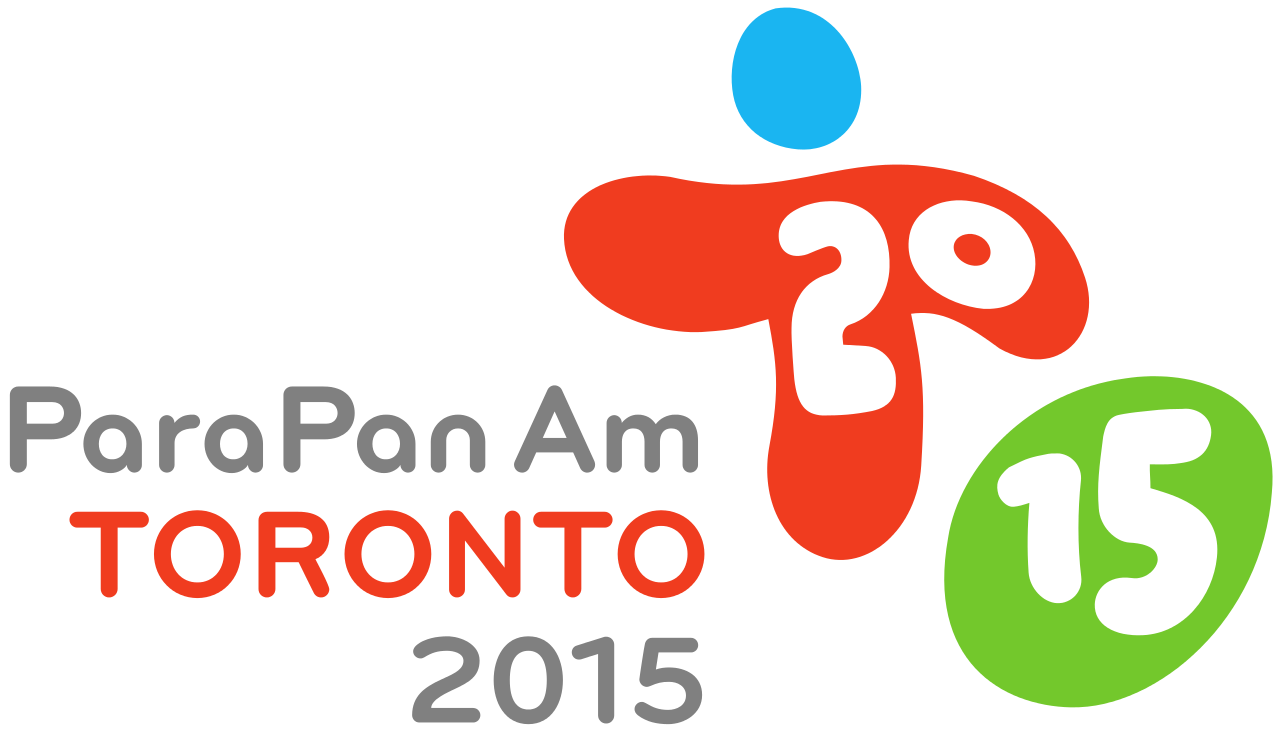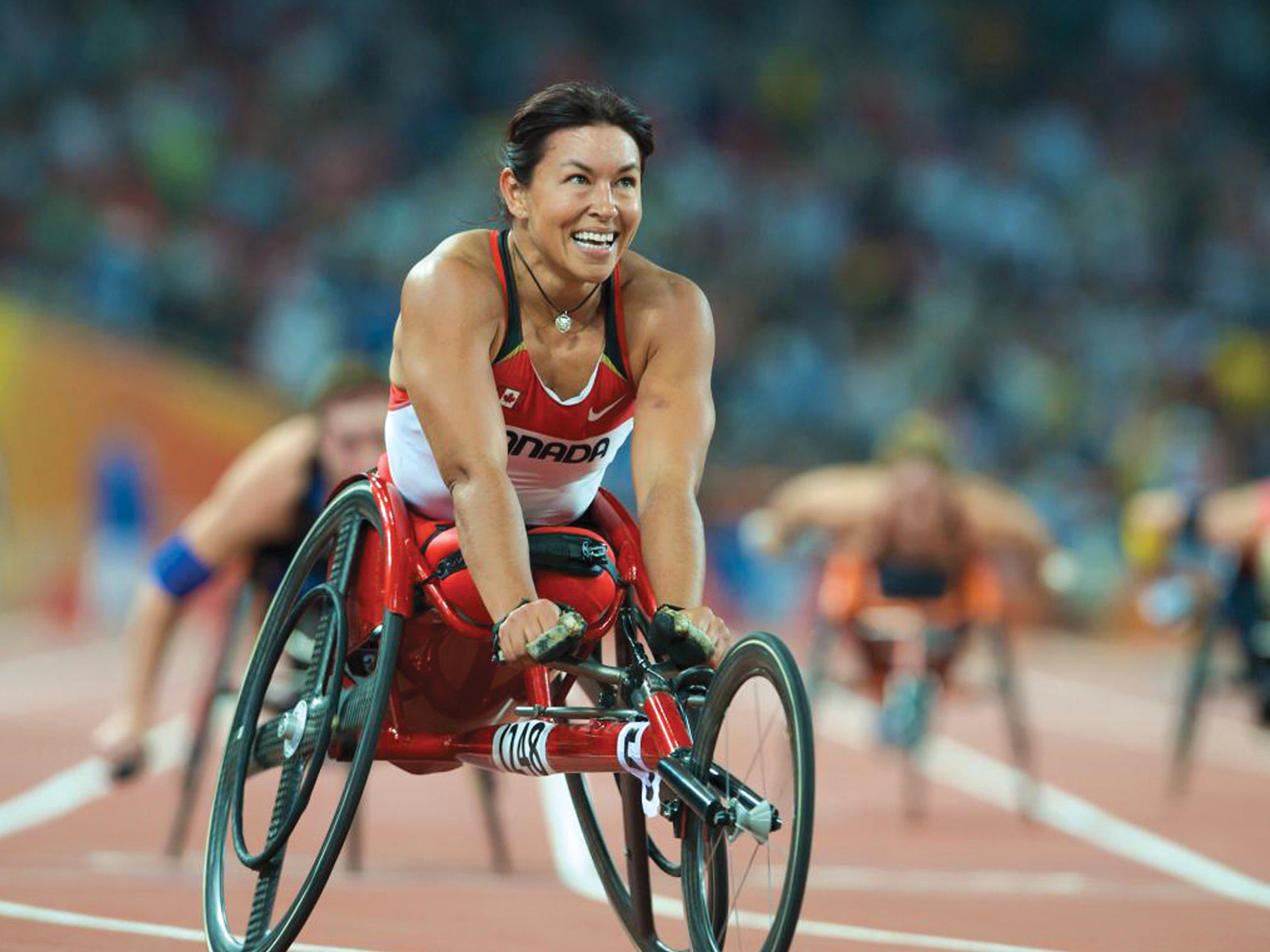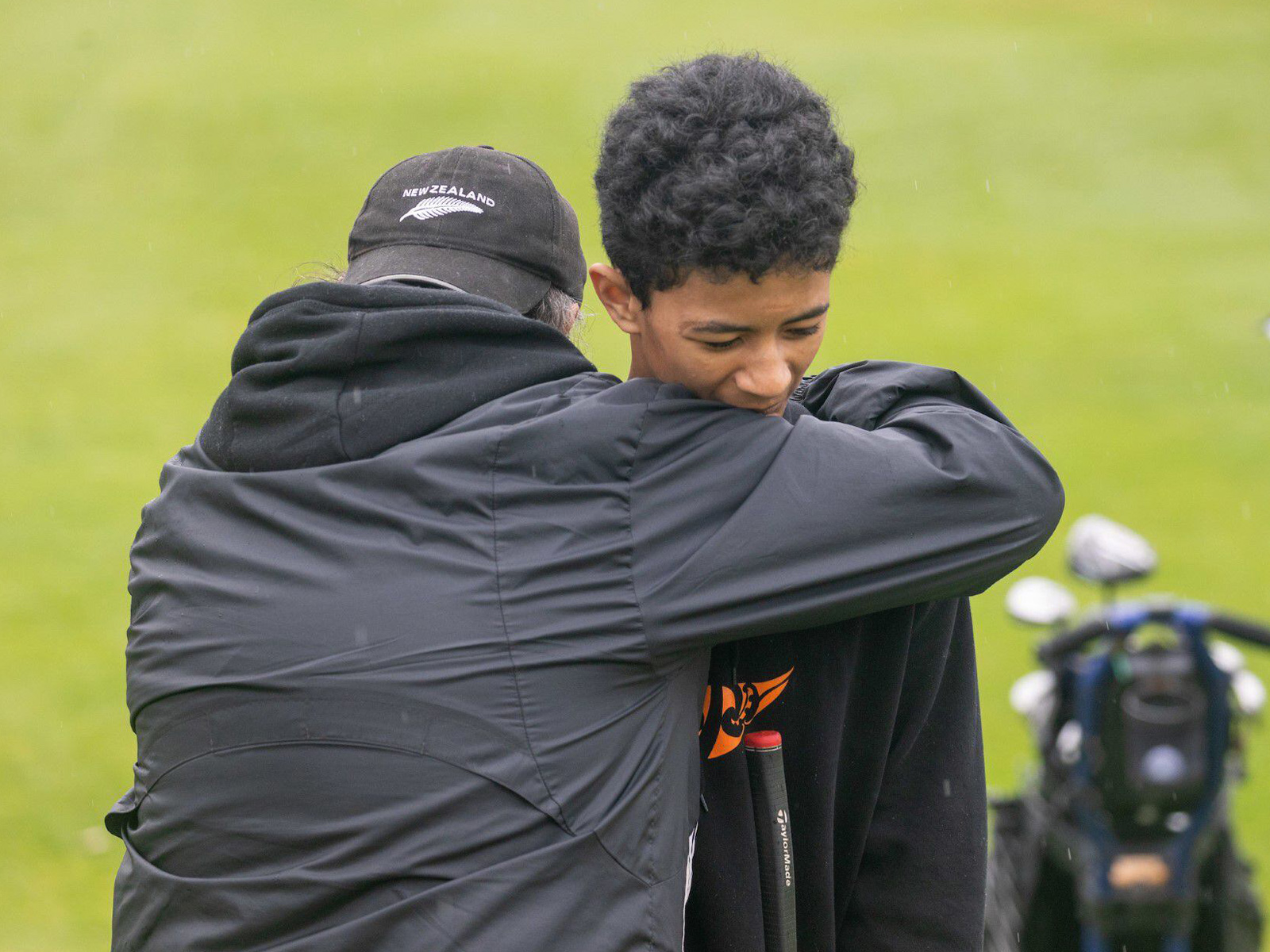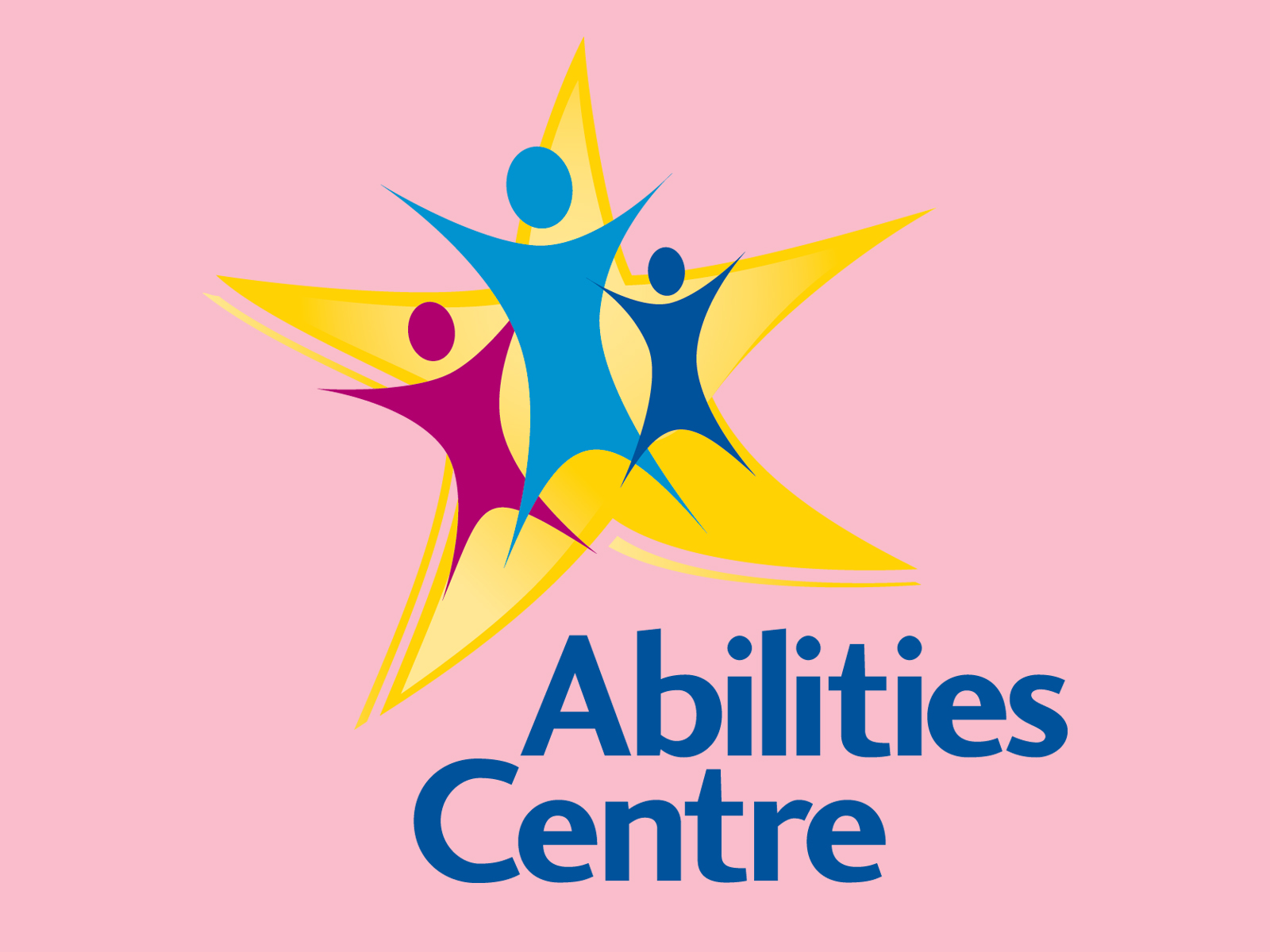Athlete classification is a unique element of Parasport, intended to ensure fair competition. As each sport at any Para-Games requires different skills and competencies, the impact of impairment on the performance of the athletes varies. That’s why each sport has its own unique classification rules.
Classification is essential in elite competition for athletes with a disability for two reasons:
- It defines which athletes are eligible to compete in each of the sports.
- It groups athletes in classes, defined by the degree to which they are limited in their ability to perform an activity.
As a result, classification guarantees that an athlete or a team competes on equal terms with other athletes. It ensures that winning is determined by skill, fitness, power, endurance, tactical ability and mental focus — the same factors that account for success for able-bodied athletes.
Prior to a Paralympic or Parapan Am Games, each competing athlete has already gone through an evaluation, conducted by authorized technical officials—called classifiers—who are appointed by the International Federation for that sport. The classifiers assess the athlete’s impairment and how it impacts their functional ability on the field of play, in line with the classification rules for that sport. Each athlete is then assigned a sport class.
Classification Systems
Classification systems differ by sport and are developed by the respective International Federations (IF) governing the sport.
IFs decide which impairment types their sport will cater to. Some parasports are designed for athletes with only one impairment type. Goalball, for example, is open only to athletes with visual impairment, while athletics and swimming are open to athletes in any of the 10 impairment groups.
IFs also decide on the degree of severity of an impairment required for an athlete to be eligible to compete in their sport; the impairment must be severe enough to impact the athlete’s performance.
As each sport requires different abilities, each sport requires its own classification system.
Sport Classes
Sport classes group athletes depending on how much their impairment impacts their performance.
Therefore, a sport class is not necessarily comprised of one impairment type alone, but can be comprised of athletes with different impairments. However, these different impairments affect sport performance to a similar extent.
In individual sports, athletes compete against athletes in their own sport class to ensure the impact of impairment is minimized. In rowing, for example, athletes compete in three sport classes depending on whether they use their arms only, their arms and trunk only, or their arms, trunk and legs to accelerate the boat.
In national events and smaller international competitions athletes in different sport classes may compete together for one medal, because there are not enough athletes for each sport class to create a competitive event. In these cases, the different sport classes are replaced by coefficients to take the different levels of activity limitations into account.
Some parasports only have one sport class, such as powerlifting. To compete in these sports, the athletes only need to meet the minimal impairment criteria.
In team sports such as wheelchair rugby, players are allocated points indicating their activity limitation.
The lower the score, the more severe the activity. A team is not allowed to have more than a certain maximum sum of points on the field of play at the same time in order to ensure equal competition with the opposing team.
Sport Class Allocation
Sport class allocation is conducted by classifiers who are technical experts in their fields and have medical backgrounds in visual, physical and intellectual impairments. Each IF trains and certifies classifiers to conduct classification in its respective sport.
Classification occurs before each competition. Depending on the impairment, an athlete may undergo classification several times throughout his/her career. Some impairments change over time—for example, visual acuity might decrease over time or hypertonia may increase.
Source: Toronto 2015 Pan Am and Para Pan Am (http://www.toronto2015.org/parapan/athlete-classification)














